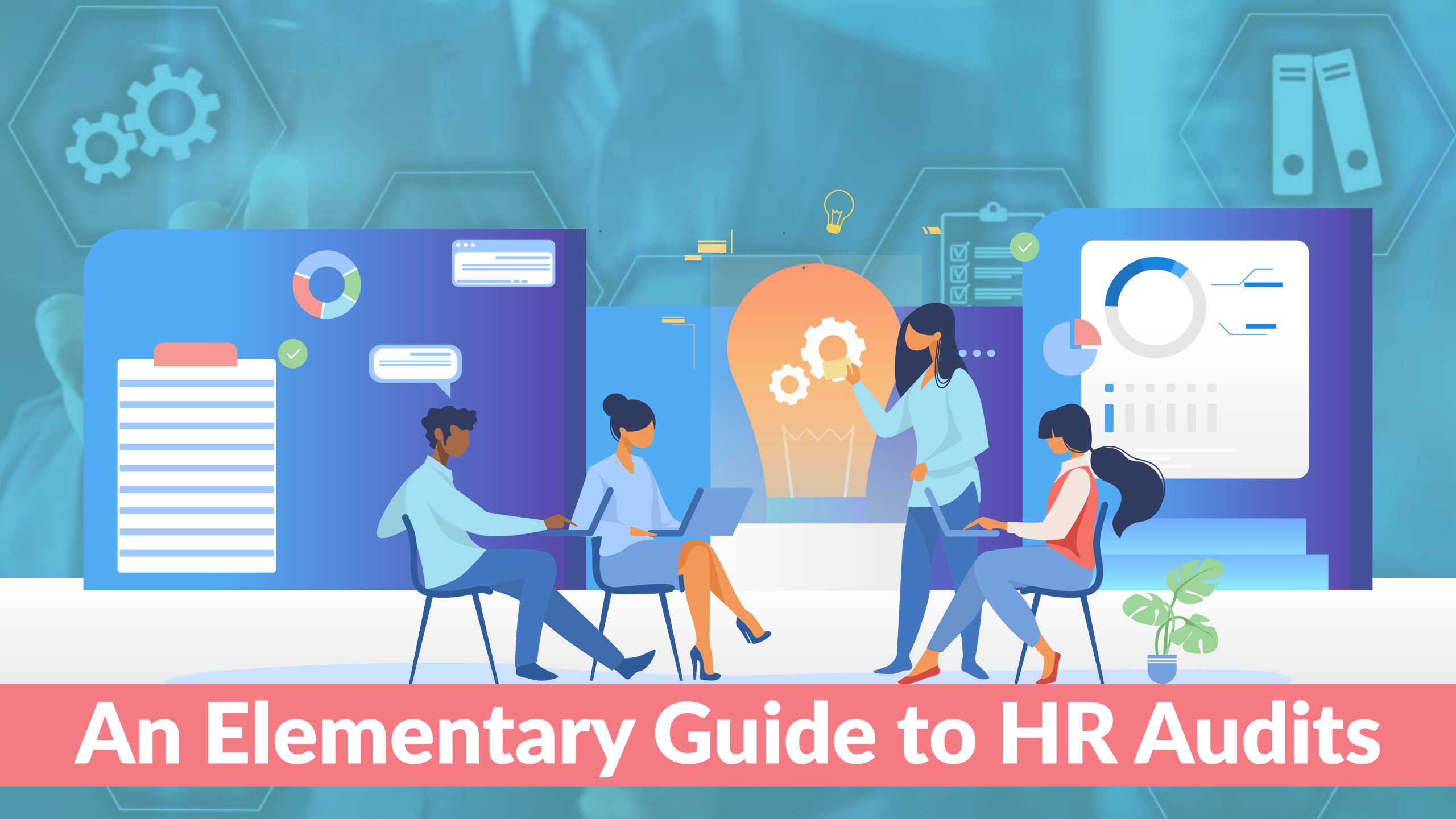
Corporations and industries are complex structures. They require precise monitoring and flourishing authorities. A corporation is a capital-generating and service-providing body that needs approximate inspections and independent changes to promote prosperity. These inspections bring out the facets that need modification to reach the firm’s standards. Regular HR audits ensure long-term progress and compliance in the business.
HR audits are objective inspection or examination that evaluates a particular business or corporation’s practices, policies, and system of procedures. HR auditing involves looking into recruitment, hiring, training and development, payrolls, benefits and compensation, and many more. It is a diverse aspect accumulated with multiple responsibilities and factors considered while auditing.
As the term suggests, HR auditing focuses on practices affecting the human force and work balance in a particular corporation. It is an internal process that corporations practice verifying their working system and making amends to improve their quality of functioning. HR audits determine the effectiveness of management and administration programs that help companies to develop monitor and allocate every prevailing resource and bring them to a fruitful use for the flourishment of the corporation.
Why are audits important for HR Departments? Audits provide a deciphered outlook to businesses and corporations. It enables them to improvise or challenge certain factors to improve their functioning. Employees’ accountability towards their job profile and the business itself, suggestions will be given by auditing bodies and areas of improvement will come into the limelight. Non-compliant components affecting business flow are also detected in the process, which helps reduce the business’s risk factor. Also, to achieve the motive to stay up-to-date with legal developments and taxation policies, HR auditing helps. For businesses, the reputation and high stakes rely on compliance with the prevailing legal system and following the regulations religiously. Any non-compliant approach toward legal regulations could cost a lot to any business.
Audits could be categorized into multiple classifications. Majorly audits could be categorized based on their purposes.
- The first kind of compliance is compliance audits, which check whether the business or corporation complies with the prevailing federal, state, and local regulations.
- Next, strategic audits focus on redefining and reconstructing the organization’s existing policies and structural plans for better profits.
- The third kind of audit is a function-specific audit, which focuses on a particular section of work and digs deep into the system to identify opportunities for improvement.
- To be more precise about the types, record audits exist that focus on aspects like the i-9 legitimate submissions and filing, employee files, payroll records, and records retentions.
- Policies and safety audits focus on progressive discipline suggestive plans and implementing policies that effect change. On the other hand, safety audits include OSHA hazards, MSDS parameters, and PPE implementation.
- HR audit inspects the aspects of HR practices, onboarding processes, recruitment and hiring, compensation and salary, performance appraisals, workplace safety, and harassment policies.
Above mentioned audits do have slightly overlapping elements, which sometimes trick the classification. Sometimes, an audit’s orientation could be defined as a blend of multiple motives. Ahead in this blog, steps of an effective audit process will clear the air around the classification.
- Audits require sightful planning. It begins with determining the purpose of the audit. At this step, businesses should stay clear on what aspects they want to examine. The purpose could arise as per scheduled, seasonal, or situational timelines. Aspects could be any, as mentioned above in the types.
- After determining the purpose, the executive management team was on board with the idea of having an audit. Executive management’s approval is necessary if a third party is consulted to audit.
- Corporations and businesses should prioritize selecting an auditing team and setting target grounds straight expected as an outcome of the audit broadly. Businesses and corporations should stay clear about the authorities they are willing to appoint to conduct an audit at this stage. Deciding on whether it will be an internal audit or external auditors team is going to be consulted. Also, businesses should discuss targets and outcomes to plan precise roles and responsibilities out of the process.
- Post-setting the roles and responsibilities, the auditing team gathers the required data and formulates it to detect discrepancies in the working system. Data considered here mostly revolves around employees, employers, economic reports, and backlogged data. After data collection, the data is reviewed, and the finding is taken as an alarm to implement a change or flourish the existing system.
- Create an improvement plan and implement it in your business or corporation. After reviewing the outcomes of the audit, a precise plan needs to be made to improvise the current state of the business. And implementing it with a transparent approach is the final step. Enlightening employees and concerned parties about the change should be a priority.
Organizations and businesses consider audits and inspections seriously, not only for enhancement but also for evaluating the considerate aspects of organizations such as workforce, social dynamics at the workplace, work balance, fiscal and accounting spectrums, and whatnot. Then, risk mitigation-focused audits verify if any business or organization is complying with suggestive local, federal, and state laws and regulations. The most suitable time to initiate an audit is the first quarter of an annual year: January, February, March, and April. In the case of internal audits, managers play a crucial role. They are one of the prime initiators of audits in the business. They participate by being in the auditing team and monitoring the whole process. In the case of external audits, managers do appoint an alien auditing team to process the audit. Aspects of audits are slightly changed in 2022. Post covid and pandemic phase, the conduction of the audit was quite a task as new factors were ready to be examined. For example, new additional leaves and benefits.
To conclude what has been mentioned above, audits are an illustrative process, it reflects on shortcoming and allows businesses to improvise or challenge their pattern of working, and also secure organization from hefty penalties. HR audits are inspection illustrative processes that allow corporations and businesses to make impactful amends for the fortune of the company itself.




